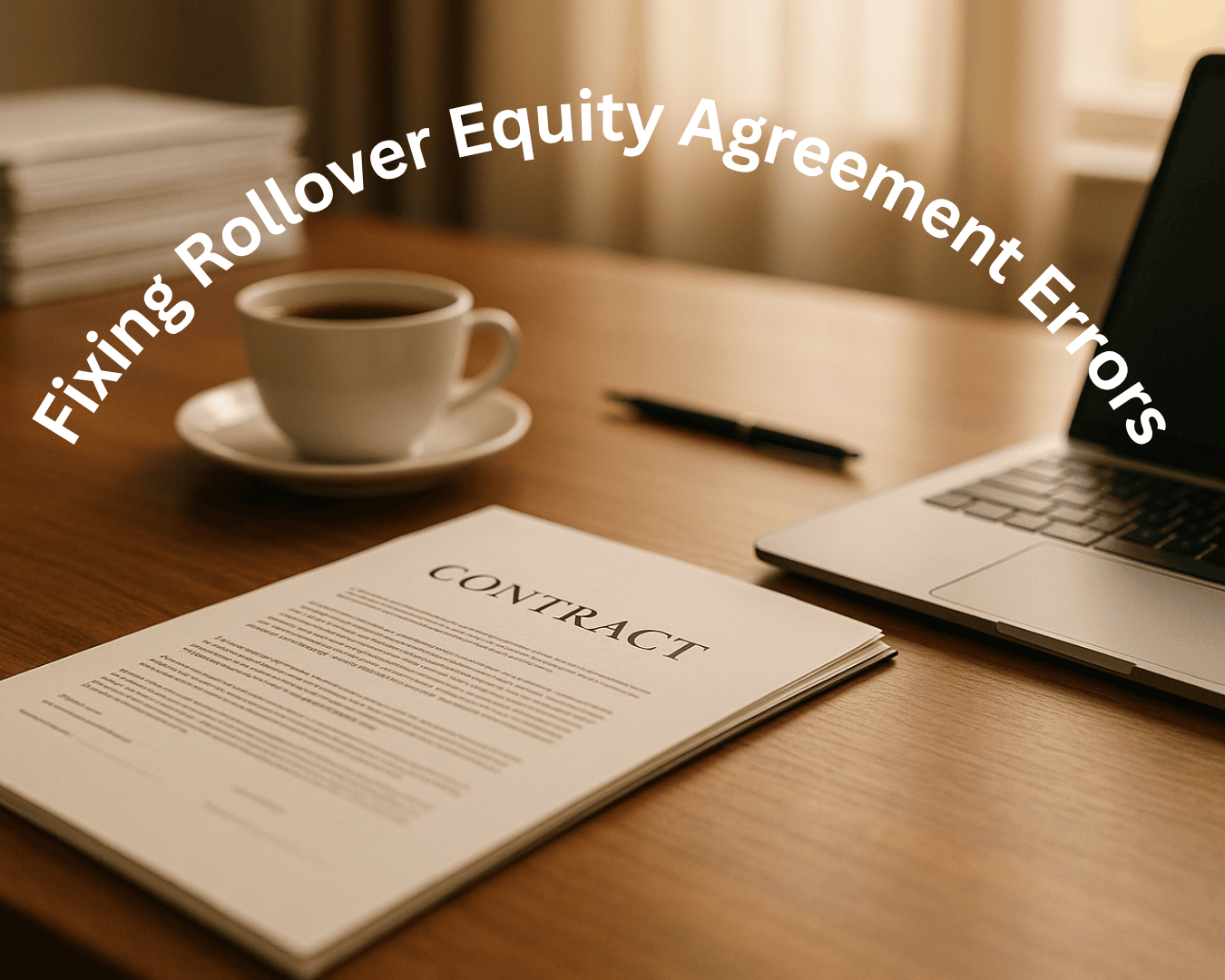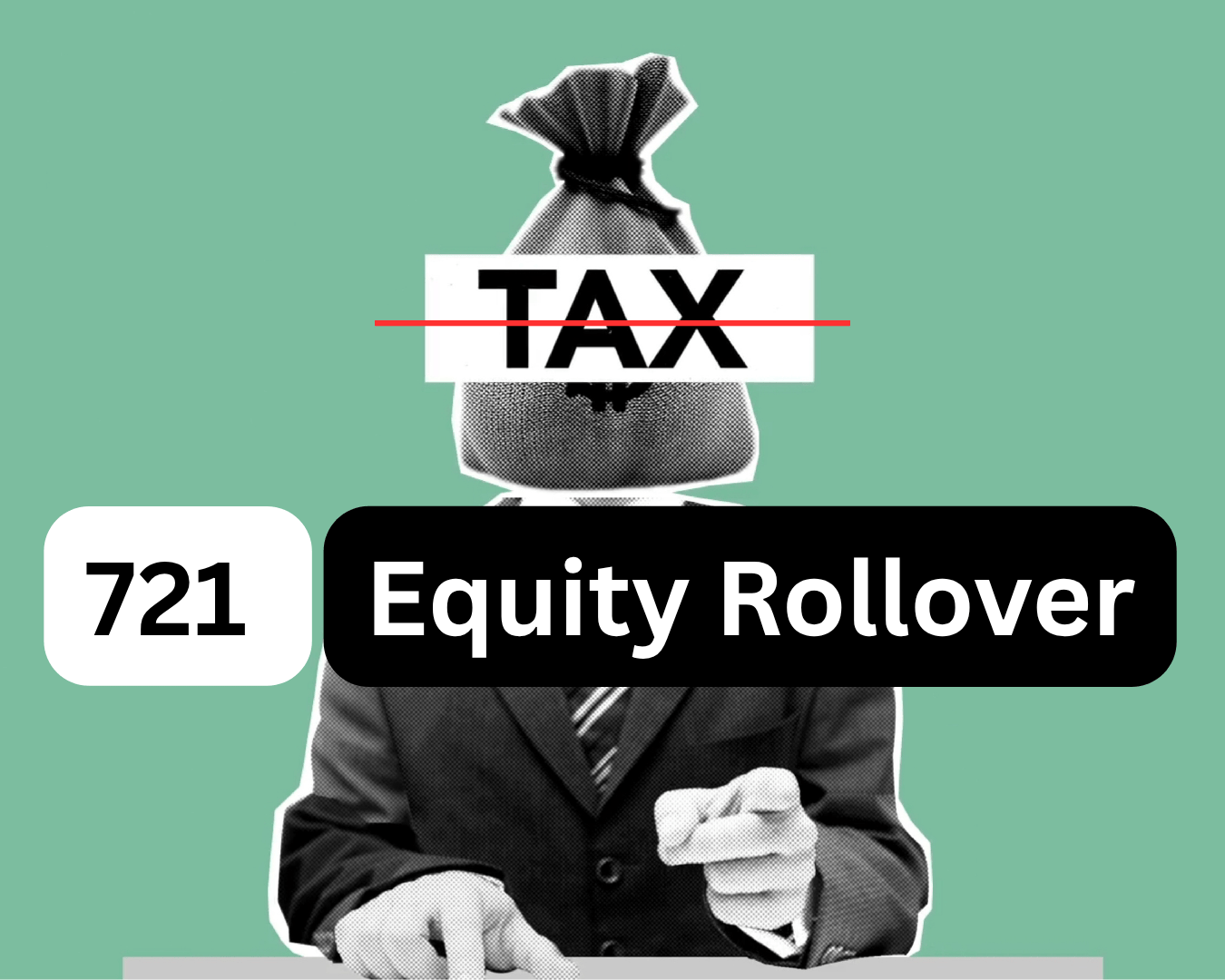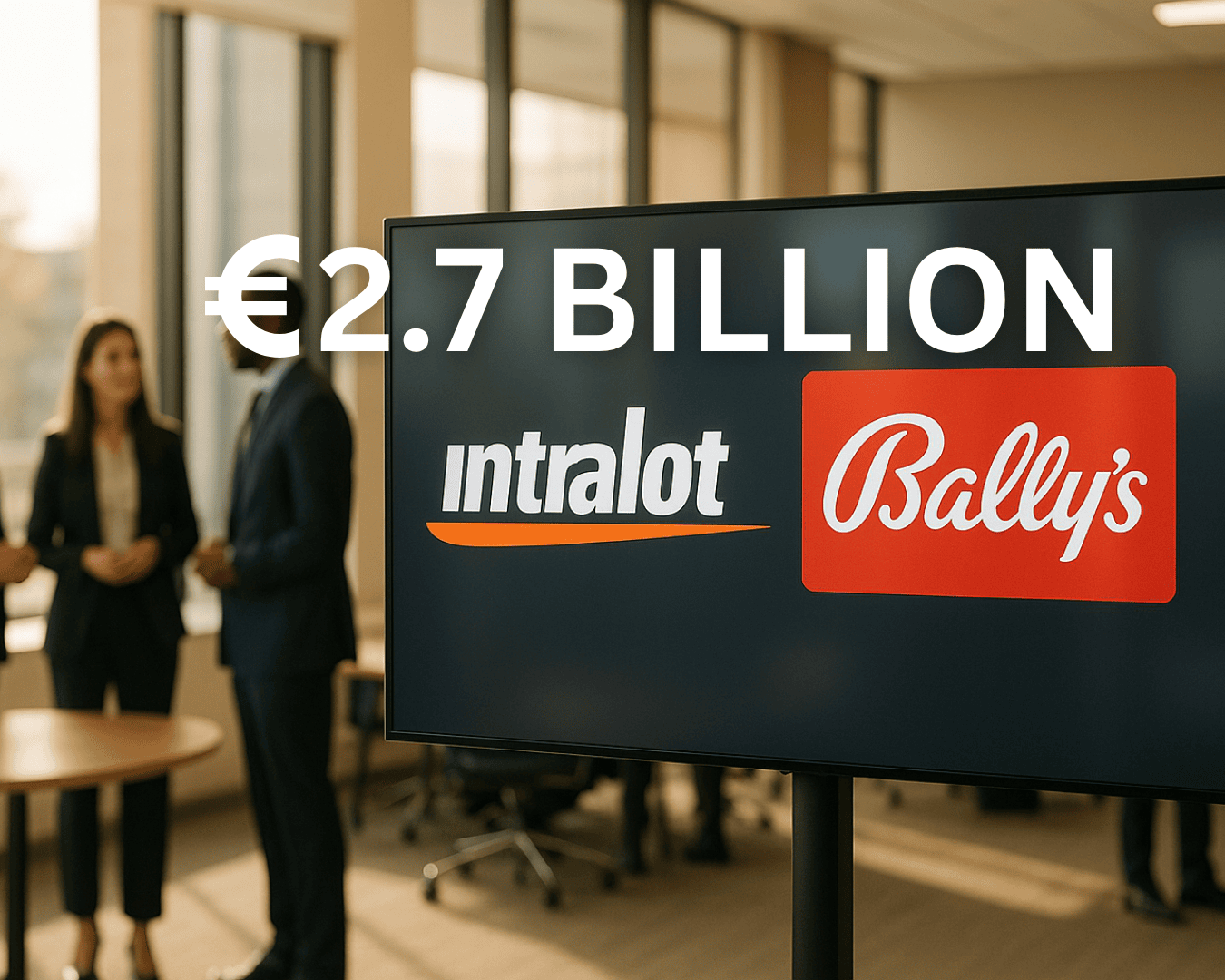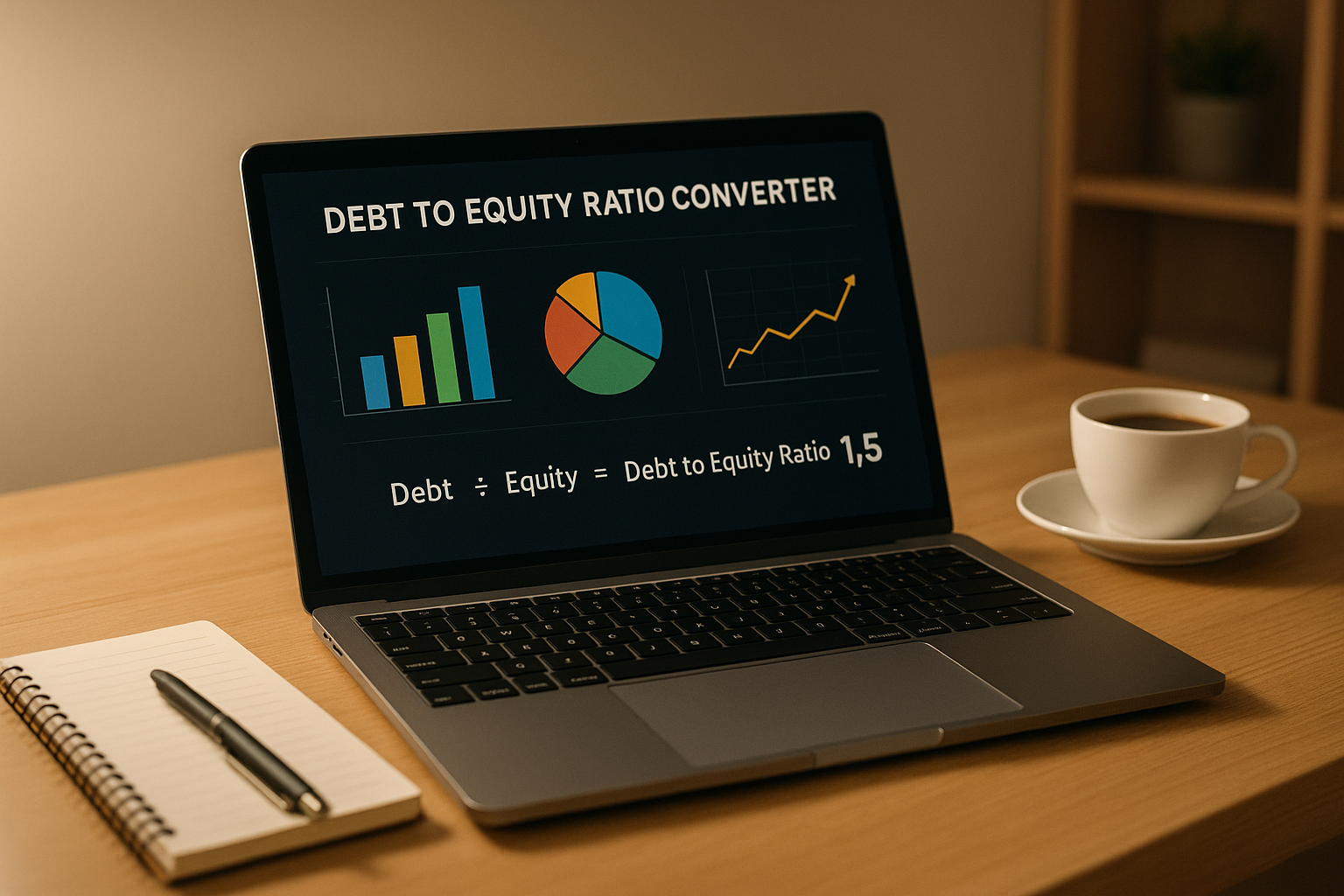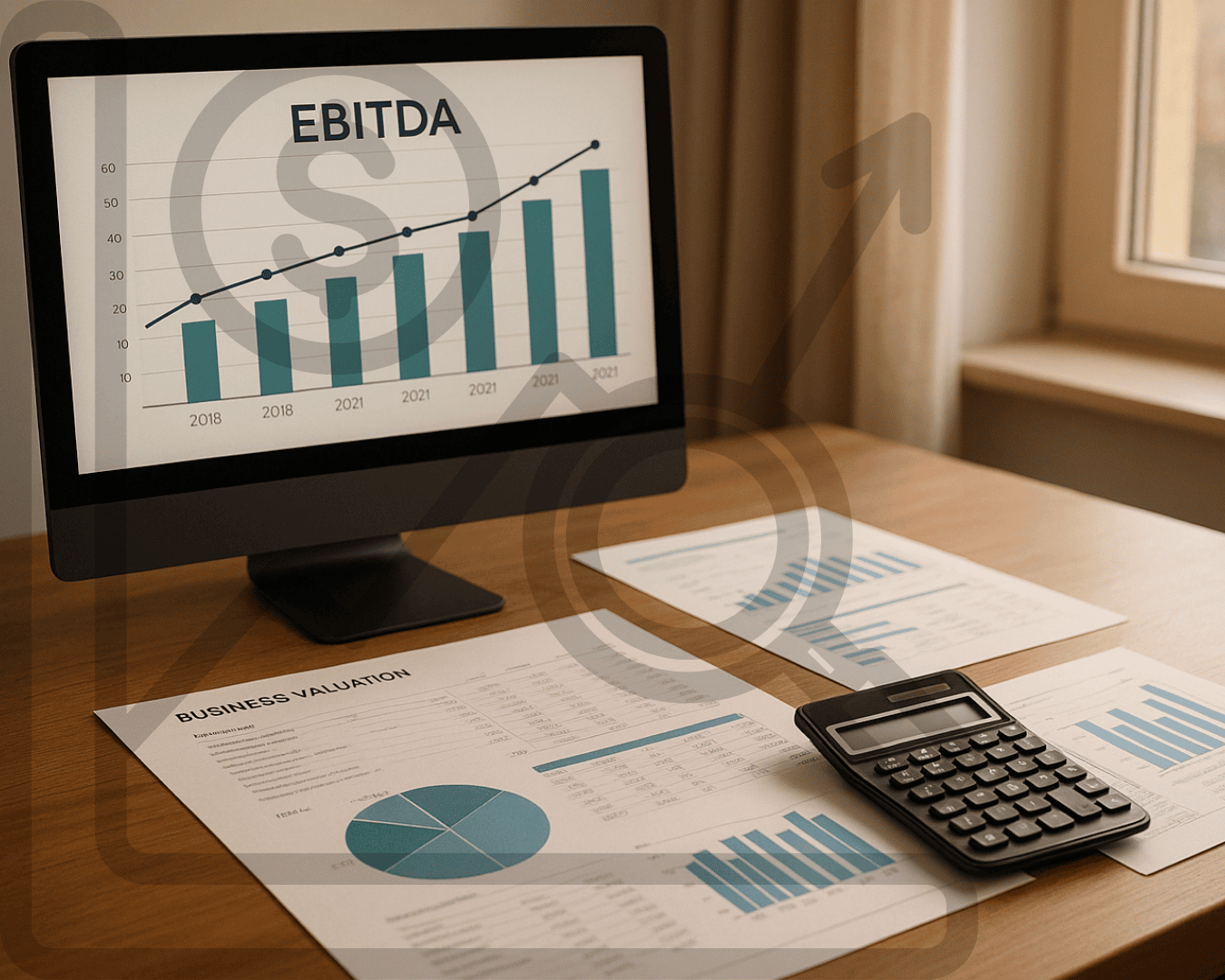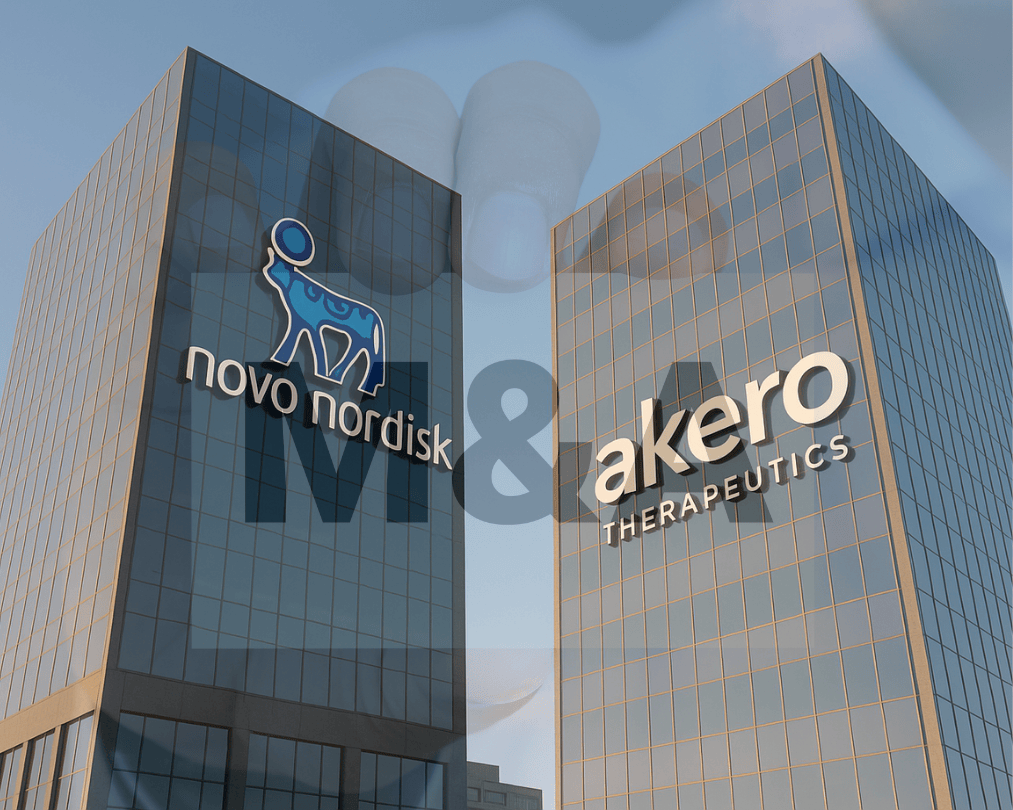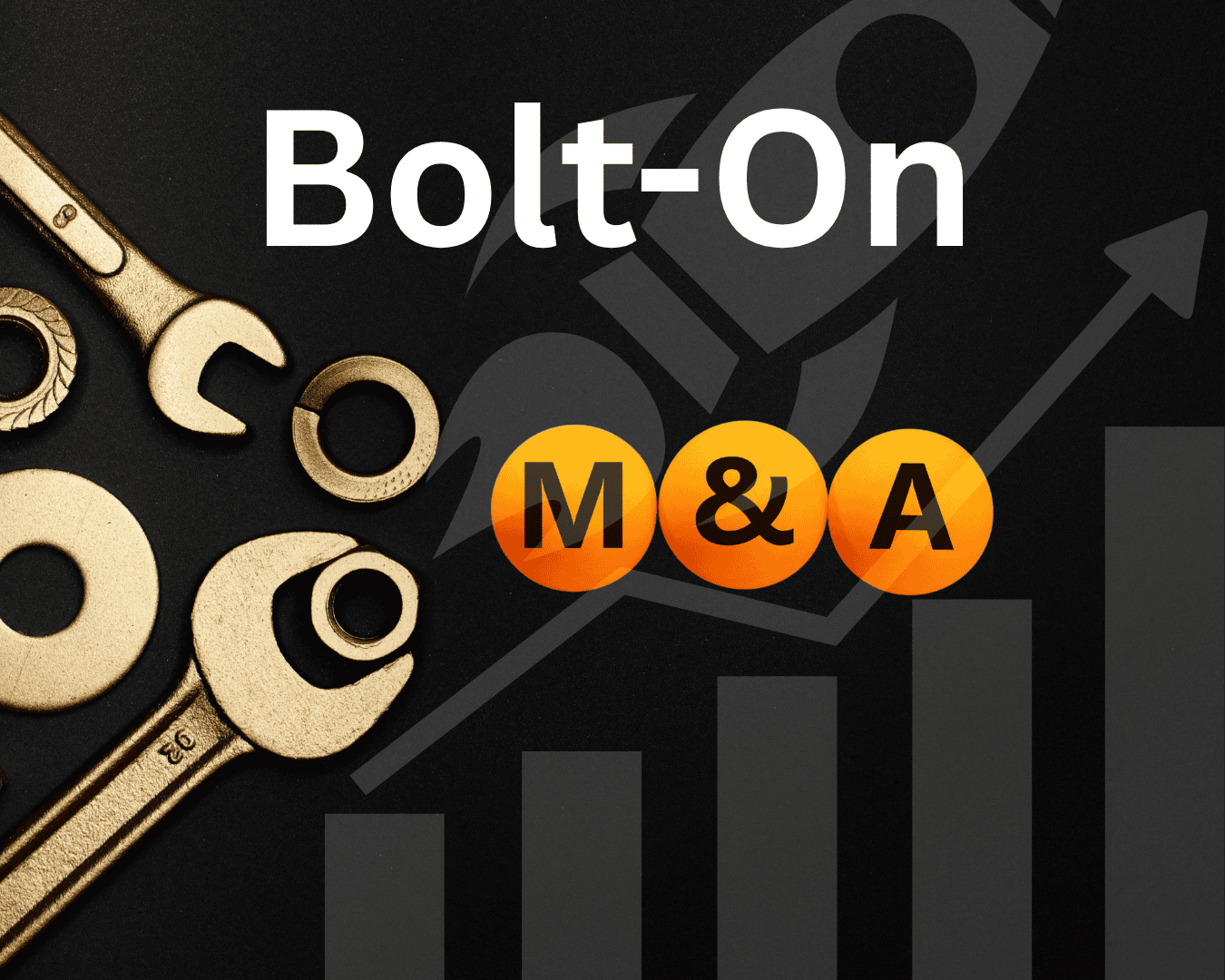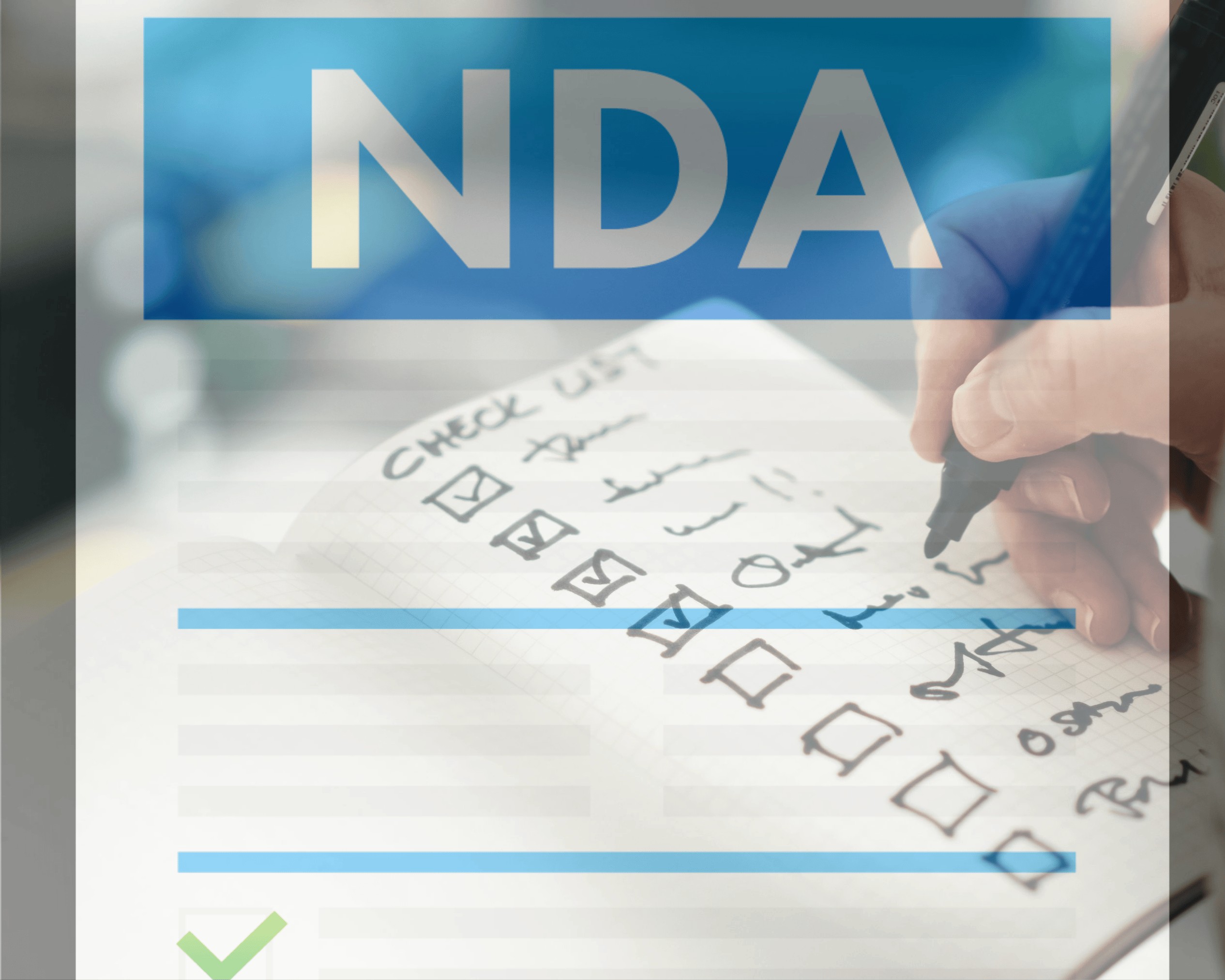Profitability in logistics hinges on metrics like operating profit margin, net profit margin, and ROI. These benchmarks vary by company size, with smaller firms facing tighter margins due to higher relative costs, while larger companies benefit from economies of scale. On average, logistics businesses report gross margins of 20%-40% and net margins of 5%-15%, but the sector's slim margins demand precise financial management.
Key trends include:
- Overhead consumes 83%-86% of revenue, with driver wages and benefits taking 38%-40%.
- Technology and data-driven tools are reshaping profitability strategies.
- Acquisition opportunities depend on segment-specific benchmarks and tailored financing.
Platforms like Clearly Acquired simplify acquisitions and funding, offering tools for revenue analysis, cost tracking, and deal management. By focusing on profitability metrics rather than just revenue, logistics companies can make informed growth decisions.
1. Revenue-Based Profitability Analysis
Profitability Metrics
Understanding how profitability metrics shift across revenue ranges allows logistics companies to set achievable benchmarks and pinpoint areas ripe for improvement. Key metrics like gross margin reveal operational efficiency at its core, while net profit margin reflects the bottom-line health after accounting for all expenses.
On average, logistics businesses generate $4.57 million annually, with weekly revenue hovering around $95,200. However, profitability varies widely depending on company size and efficiency. For instance, transportation companies typically achieve gross margins between 20% and 40%, while net margins range from 5% to 15%. In Q1 2025, the transport and logistics sector reported a gross margin of 94.61%, yet net margins dropped to just 4.65%.
"Operational metrics are important, but the story is not complete until you can see how they impact your costs, revenue and EBITDA margins."
– Paolo Mari, VP of Business Analytics and Commercial Management at MSCG
Revenue Segmentation
Breaking down revenue by segment sheds light on performance trends across logistics businesses. Data from 100 leading logistics firms shows a 7% annual revenue growth between 2005 and 2012, but EBIT margins fell from 6.8% to 4.2% during the same period. This highlights a tough reality: while revenues grow, only a small fraction of providers see profitability gains.
The courier, express, and parcel (CEP) segment stood out with the highest average return on assets (ROA) from 2014 to 2018 and is projected to maintain the fastest growth rate through 2023. In contrast, the postal segment lagged behind with the lowest ROA and growth rates. Market concentration also varies significantly: the top ten companies dominate 84% of rail revenue and 71% of postal delivery but hold just 24% of contract logistics and a mere 2% of road freight revenue.
Operational Efficiencies
These revenue trends underline the importance of operational efficiency in boosting profitability. The strategies for achieving this vary by company size. Smaller logistics firms often focus on cutting costs through fuel efficiency and route optimization. Larger players, on the other hand, lean heavily on technology and automation to drive margins higher.
Simple operational tweaks can yield substantial benefits. For example, implementing efficient scheduling systems and monitoring overtime costs can significantly reduce payroll expenses. Fuel costs, which range from $2,000 to $10,000 monthly depending on fleet size, can be managed through fuel-efficient vehicles and driver training.
The case of Velocity International Group is a great example of how targeted growth strategies can pay off. The company achieved over 300% revenue growth in just two years.
| Expense Category | Monthly Cost Range | Key Optimization Strategy |
|---|---|---|
| Driver Wages | $3,000 - $8,000 | Efficient scheduling and overtime monitoring |
| Fuel and Energy | $2,000 - $10,000 | Fuel-efficient vehicles and driver training |
| Vehicle Maintenance | $1,000 - $5,000 | Proactive maintenance scheduling |
| Insurance | $500 - $2,500 | Competitive rate shopping, higher deductibles |
These operational improvements not only enhance profitability but also make companies more appealing for strategic investments and acquisitions.
Investment and Acquisition Support
Revenue-based profitability analysis plays a critical role in evaluating acquisition opportunities and securing growth funding. Since profitability benchmarks differ across revenue segments, tailored approaches are essential when valuing businesses or seeking financing.
For logistics companies aiming to grow through acquisitions, platforms like Clearly Acquired offer invaluable support. They provide access to verified deal flows tailored to logistics, helping investors and operators identify businesses that align with specific revenue and profitability goals. Opportunities span both on-market and off-market options, allowing buyers to assess businesses using industry-specific benchmarks.
To support these acquisitions, Clearly Acquired facilitates financing options such as SBA loans, commercial loans, equipment financing, and lines of credit. These solutions are designed to account for the unique cash flow patterns and seasonal fluctuations common in logistics. By focusing on realistic profitability projections rather than simple revenue multiples, companies can ensure their acquisitions are well-capitalized and positioned for success.
2. Clearly Acquired
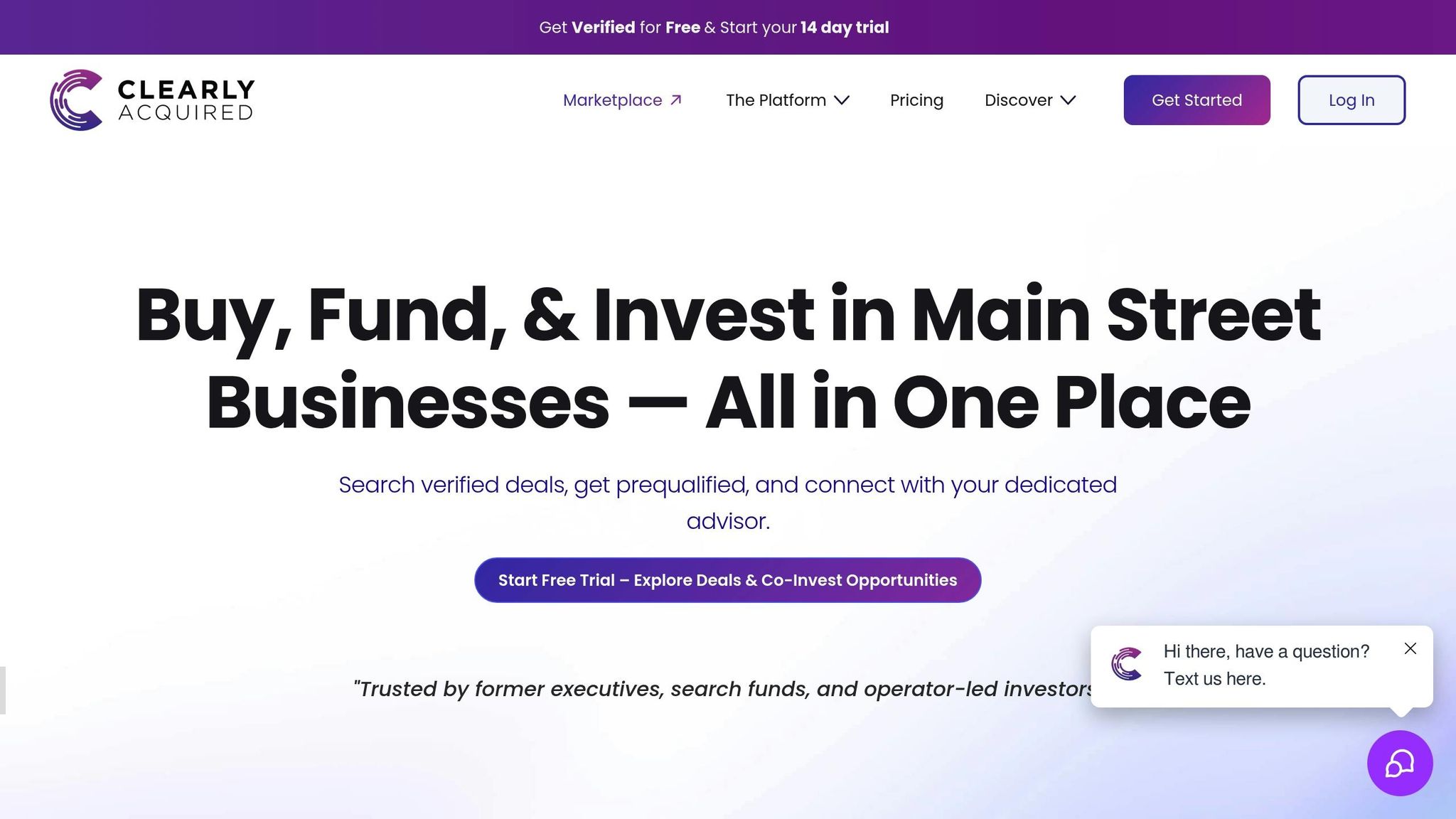
Profitability Metrics
Clearly Acquired provides logistics companies with tools to analyze and improve their profitability, focusing on key metrics like operating profit margin, return on investment (ROI), and revenue growth. These insights help businesses assess their financial health and compare their performance with industry standards. For instance, users can evaluate their operating profit margin against current benchmarks to identify areas for improvement.
The platform uses proprietary tools to benchmark financial and operational metrics, drawing from up-to-date industry data. It categorizes expenses - such as separating driver-related costs from administrative overhead - and compares them to standard benchmarks. For example, purchased transportation typically accounts for 83–86% of expenses. This detailed breakdown allows companies to pinpoint specific areas where they can enhance profitability. Additionally, the platform segments companies by revenue to provide benchmarks tailored to their size and scale.
Revenue Segmentation
Profitability challenges often vary depending on a company's size, and Clearly Acquired addresses this by segmenting logistics businesses into revenue ranges. Smaller companies, for example, might struggle with higher overhead ratios, while larger firms benefit from economies of scale. By enabling comparisons within similar revenue brackets, the platform helps businesses set realistic goals and uncover opportunities that align with their operational scale and financial capabilities.
Operational Efficiencies
Clearly Acquired goes beyond profitability metrics by offering tools to track expenses and identify cost-saving opportunities. For example, businesses can analyze overhead costs to ensure driver wages (typically 38–40% of expenses) and insurance costs (4–5% of line-haul revenue) align with industry standards. The platform's AI-powered tools automate data collection and analysis, providing actionable insights that help companies streamline operations and boost profitability. These insights also play a vital role in guiding strategic acquisition decisions.
Investment and Acquisition Support
For logistics companies looking to expand through acquisitions, Clearly Acquired provides end-to-end support. The platform offers verified deal flow, advisory services, and AI tools to simplify the acquisition process - from identifying potential targets and conducting due diligence to structuring deals with the right balance of debt and equity.
Tailored financing solutions are also available to support both immediate liquidity needs and long-term growth. These options help companies secure funding for initiatives like fleet upgrades, strategic acquisitions, or other growth-focused projects.
For example, a logistics company recently used Clearly Acquired's tools to find acquisition targets with strong profit margins and efficient cost structures. By leveraging the platform's advisory services and deal management features, the company negotiated favorable terms, secured appropriate financing, and smoothly integrated the new business. The result? Improved profitability and greater operational scale.
To further assist logistics company owners and operators, Clearly Acquired offers educational resources, including a business acquisition course. These materials cover topics like optimizing logistics chains, using technology to improve efficiency, and structuring deals for maximum ROI. This combination of tools and knowledge empowers businesses to make informed decisions and achieve sustainable growth.
Financial Metrics for the Transportation and Logistics Industry
sbb-itb-a3ef7c1
Pros and Cons
Understanding how profitability benchmarking varies across different revenue ranges is crucial for logistics companies looking to make smart decisions about growth strategies and investments. The financial dynamics of small, medium, and large logistics companies bring unique challenges and opportunities to each category.
| Revenue Range | Advantages | Disadvantages |
|---|---|---|
| Small Companies (<$5M) | Simple overhead structures and quicker decision-making in niche markets | Higher relative operating costs, limited economies of scale, and restricted access to capital |
| Medium Companies ($5M-$50M) | Balanced growth potential, better operational efficiencies, and improved financing options | Greater competition, scaling difficulties, and higher regulatory compliance costs |
| Large Companies (>$50M) | Economies of scale, diversified revenue streams, and advanced technology integration | Operational complexities, higher fixed costs, and risks of market saturation |
Small logistics companies thrive on agility and focus in niche markets, but their limited scale often results in higher operating costs and restricted access to resources. Medium-sized companies enjoy a balance of growth potential and operational efficiency but face competition from both smaller and larger players. Large companies benefit from economies of scale and the ability to absorb fixed costs, yet their size can lead to more complex operations and challenges like market saturation.
To address these challenges, Clearly Acquired offers tailored solutions for logistics companies of all sizes. Their platform provides acquisition support and financing options designed to meet the specific needs of small, medium, and large businesses. For instance, small companies can leverage Clearly Acquired to gain access to capital and acquisition opportunities that might otherwise be out of reach. Medium-sized firms can use their tools to scale efficiently, while large companies can streamline complex operations through advanced acquisition support.
For those considering growth through acquisitions, Clearly Acquired simplifies the process with automated NDA deployment and secure data rooms, ensuring due diligence is manageable for businesses of any size. With these tools, logistics companies can confidently navigate growth challenges while staying competitive.
Conclusion
Benchmarking revenue-based profitability plays a key role in making smarter decisions within the logistics industry. Regularly comparing metrics like operating profit margin, net profit margin, and return on investment against industry averages helps businesses pinpoint where they can improve and set achievable performance goals.
The logistics sector is especially challenging due to its notoriously slim profit margins. For context, while the average net profit margin across all industries is roughly 8.54%, logistics companies often face tighter margins because of high overhead costs and intense competition. This makes precise financial analysis not just useful but necessary.
To address these challenges, Clearly Acquired offers tools like verified deal flow, automated NDA deployment, strategic funding options, and AI-driven analytics. These resources simplify acquisitions - whether you're pursuing SBA loans, commercial financing, or equity investments - and provide a streamlined approach to securing growth opportunities.
Ultimately, logistics companies should focus on benchmarking their financial performance against industry standards, broadening their service offerings to maximize client value, and leveraging technology to improve efficiency. By turning benchmark data into actionable strategies, businesses can achieve sustainable growth and profitability in an increasingly competitive landscape.
For both investors and operators, combining detailed profitability benchmarking with robust transaction support creates a foundation for smarter decisions and long-term success.
FAQs
What are the key profitability metrics logistics companies should focus on to ensure sustainable growth?
Logistics companies aiming for steady growth prioritize key metrics like transportation costs, delivery times, order accuracy, and warehouse efficiency. These indicators not only streamline operations but also play a big role in keeping customers happy.
At the same time, keeping an eye on environmental impact metrics - such as carbon emissions and energy usage - has become more crucial than ever. By using data-driven tools to optimize routes and boost efficiency, companies can strike a balance between profitability and their responsibility to the environment and society, setting themselves up for lasting success.
How can smaller logistics companies reduce operating costs and improve profitability?
Smaller logistics companies can boost their profits by adopting smart cost-saving strategies like improving inventory management, fine-tuning transportation routes, and automating essential processes. These measures cut down on inefficiencies and help bring operational costs under control.
Other effective approaches include combining shipments, closely monitoring performance data, and using intermodal transportation options. By applying these techniques, smaller businesses can better handle the challenges of higher operating costs and work toward long-term profitability.
How does Clearly Acquired help logistics companies find and secure profitable acquisitions?
Clearly Acquired helps logistics companies find and secure profitable acquisitions by providing access to a wide variety of opportunities. These include broker listings, marketplaces, and off-market deals, making it easier for businesses to discover targets that align with their growth objectives.
The platform streamlines the entire acquisition process by offering strategic funding options, expert advisory services, and educational resources. Whether it's sourcing potential deals, securing financing, or closing transactions, Clearly Acquired equips logistics companies with the tools and guidance they need to grow effectively and with confidence.







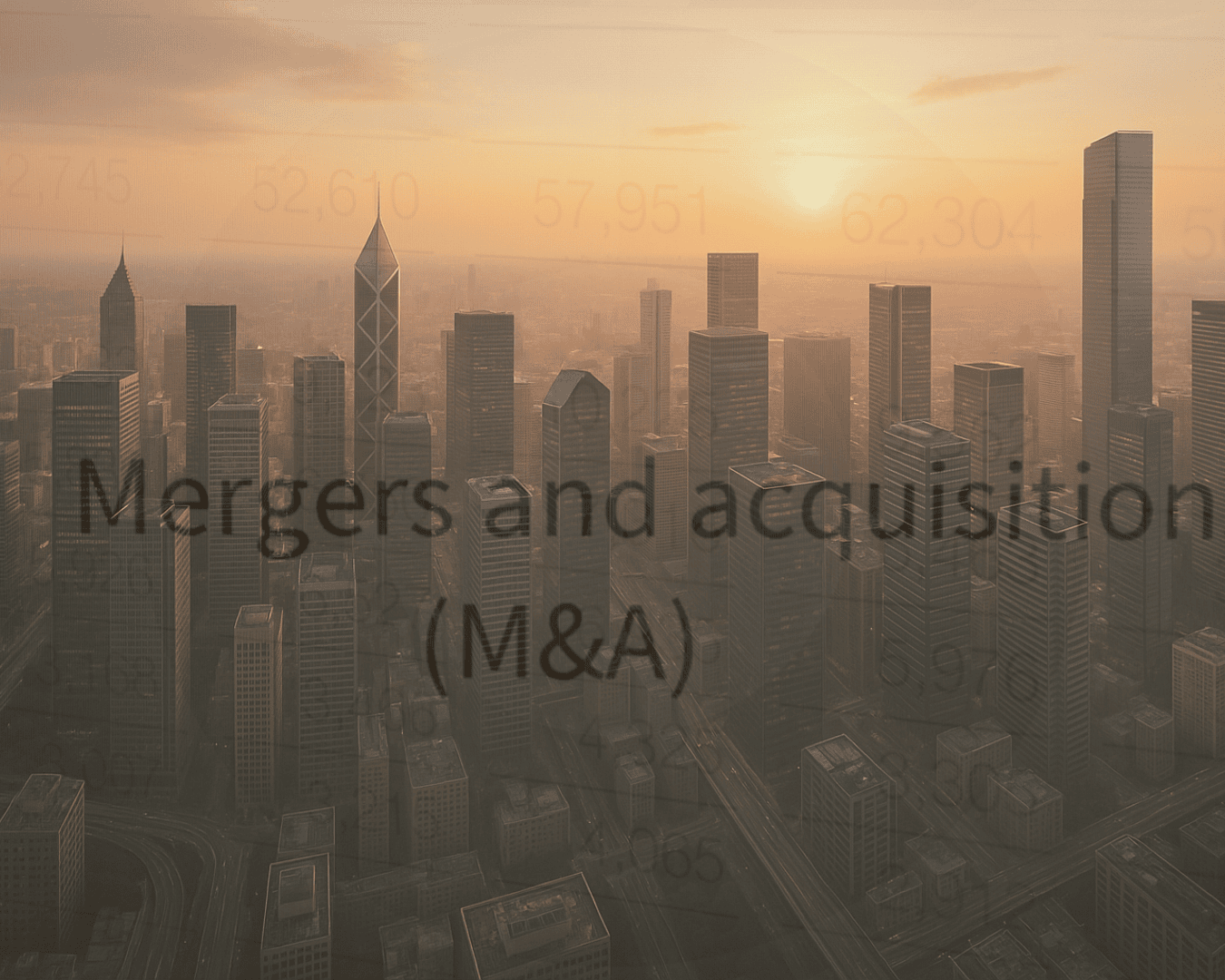

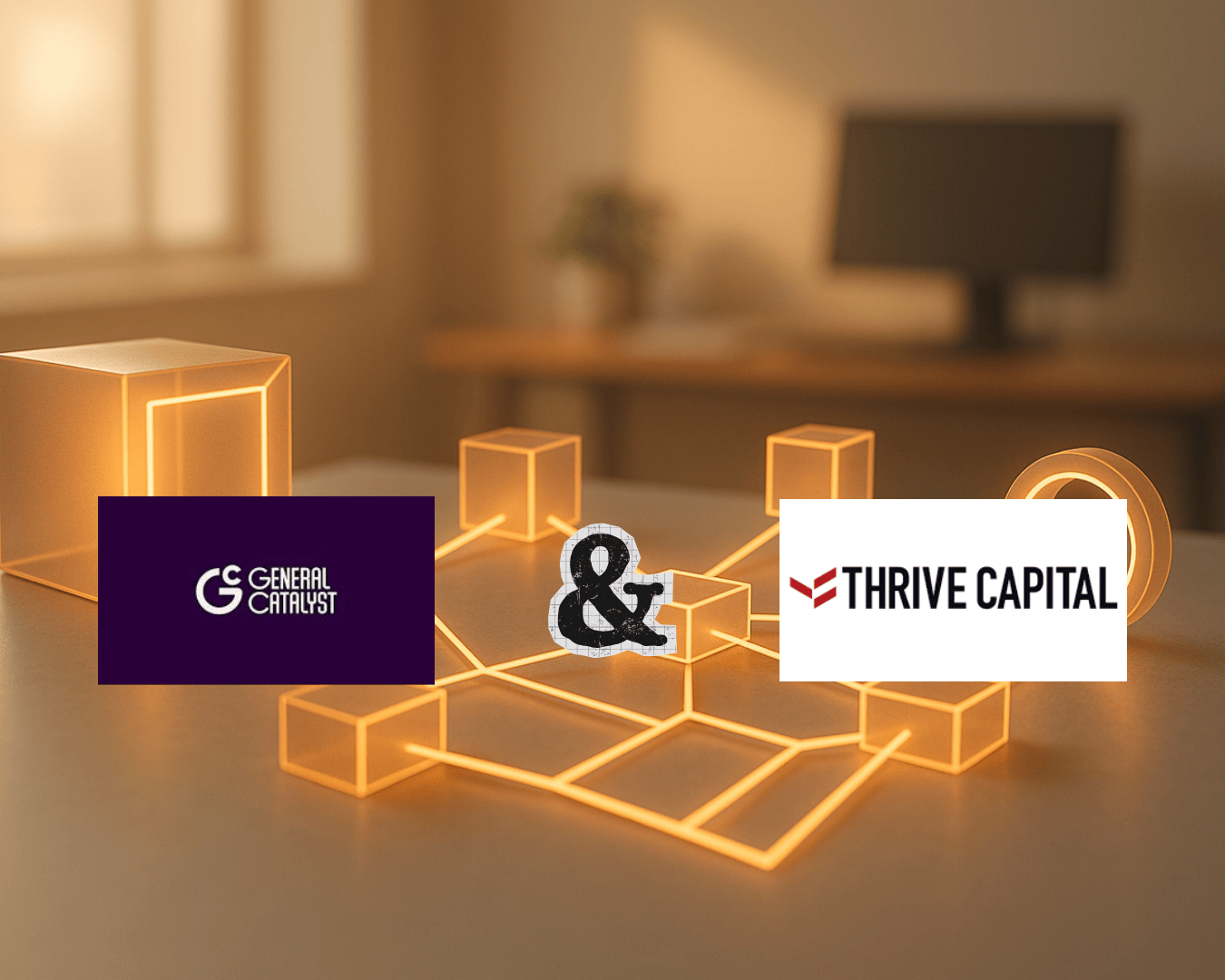
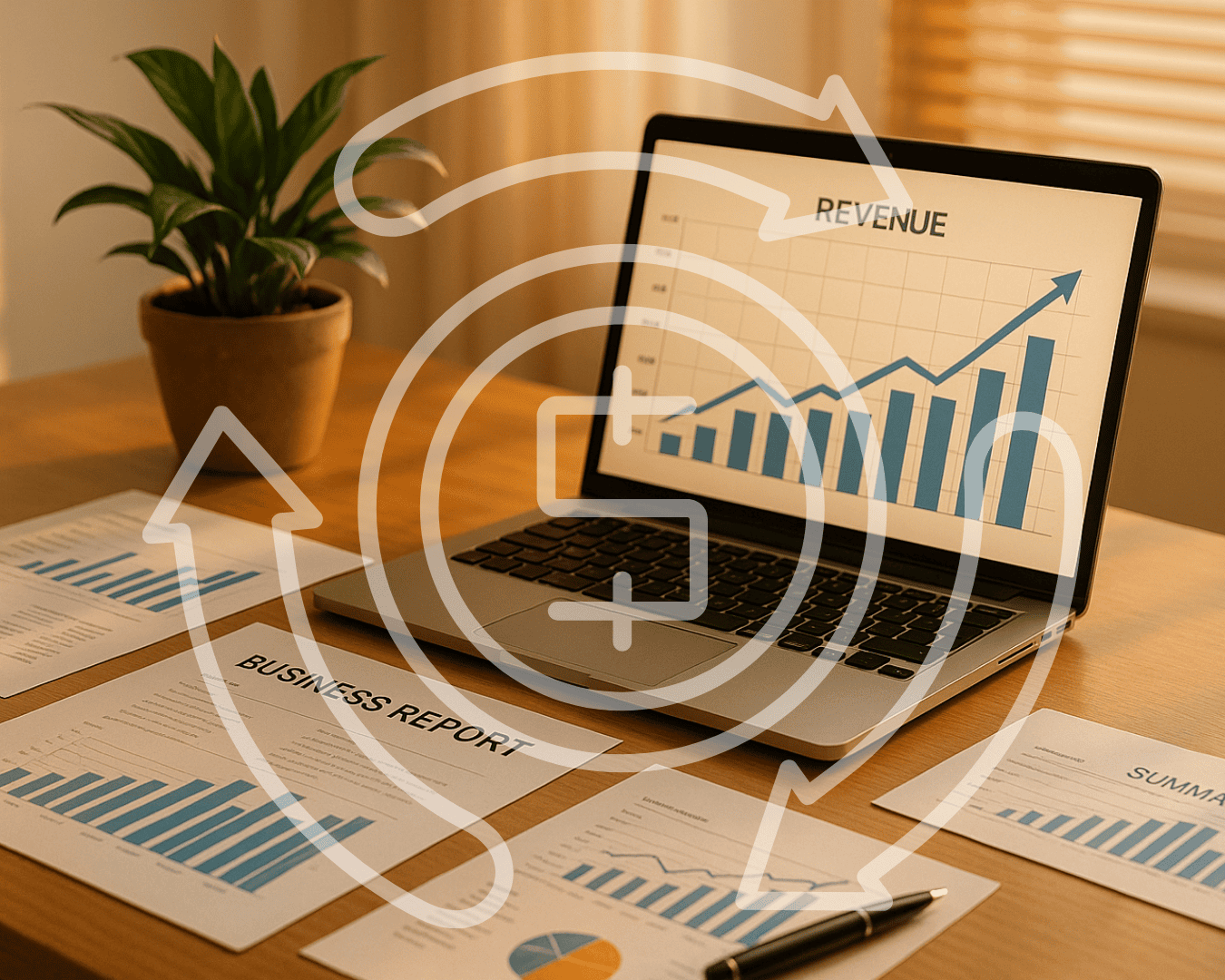







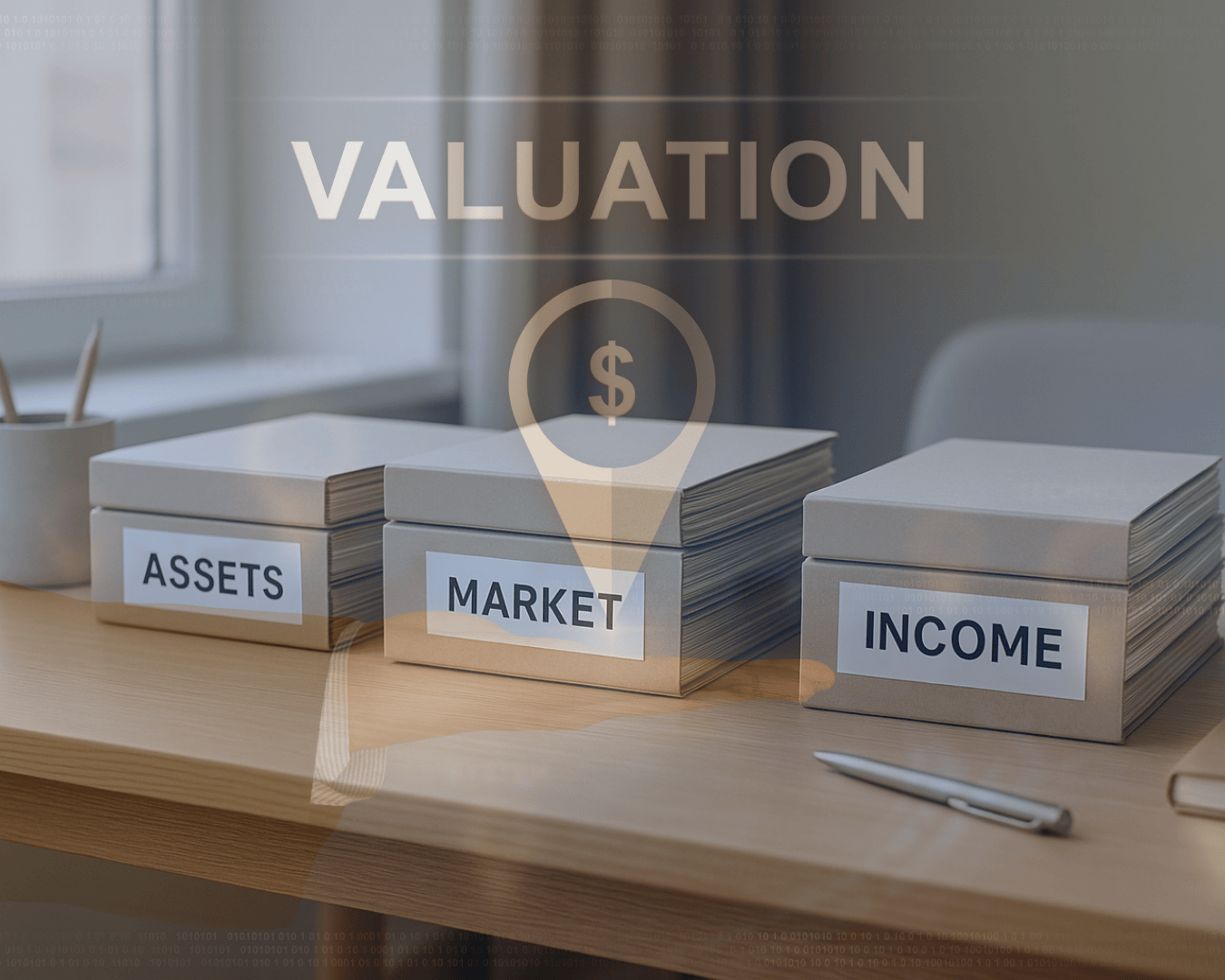


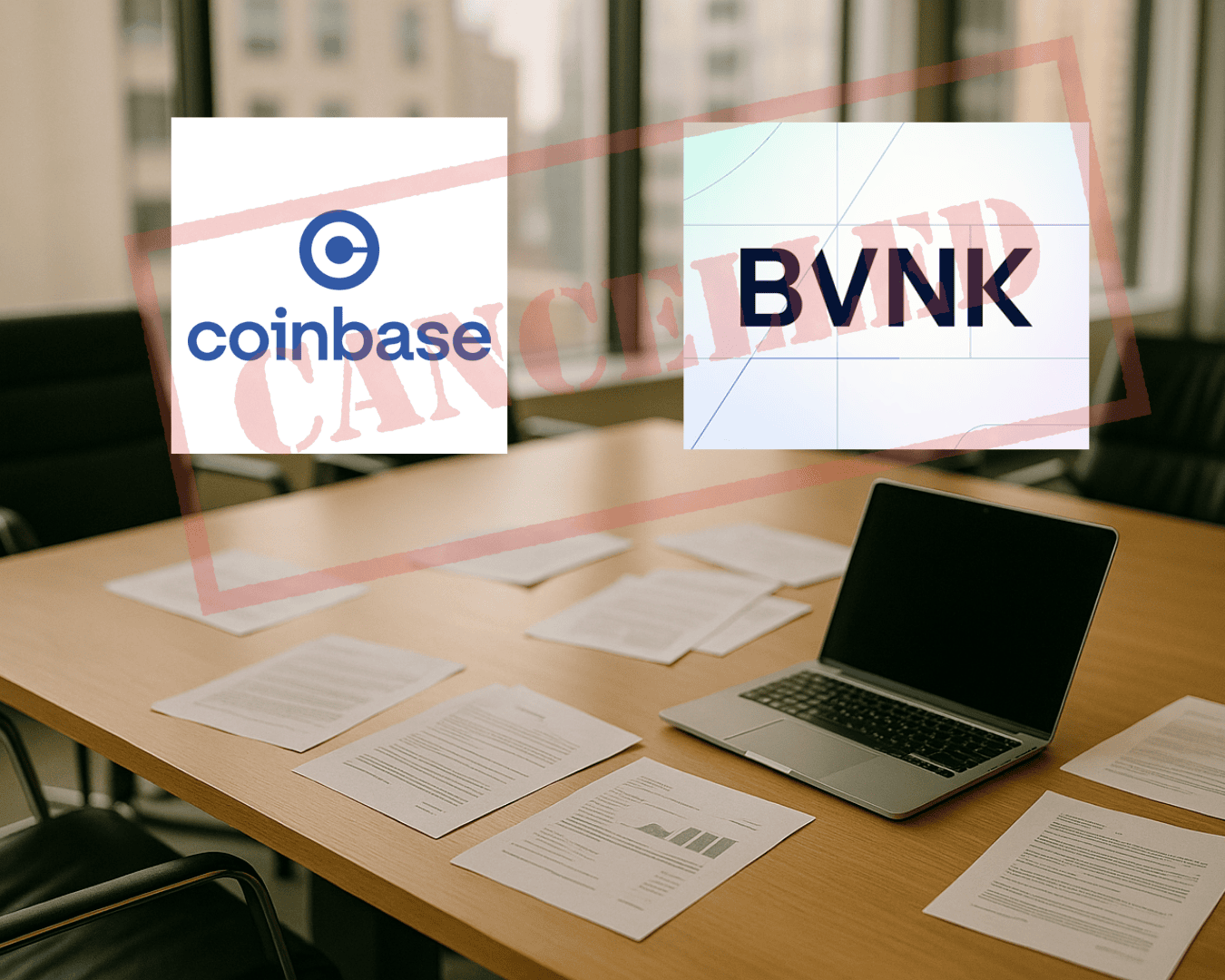









.png)

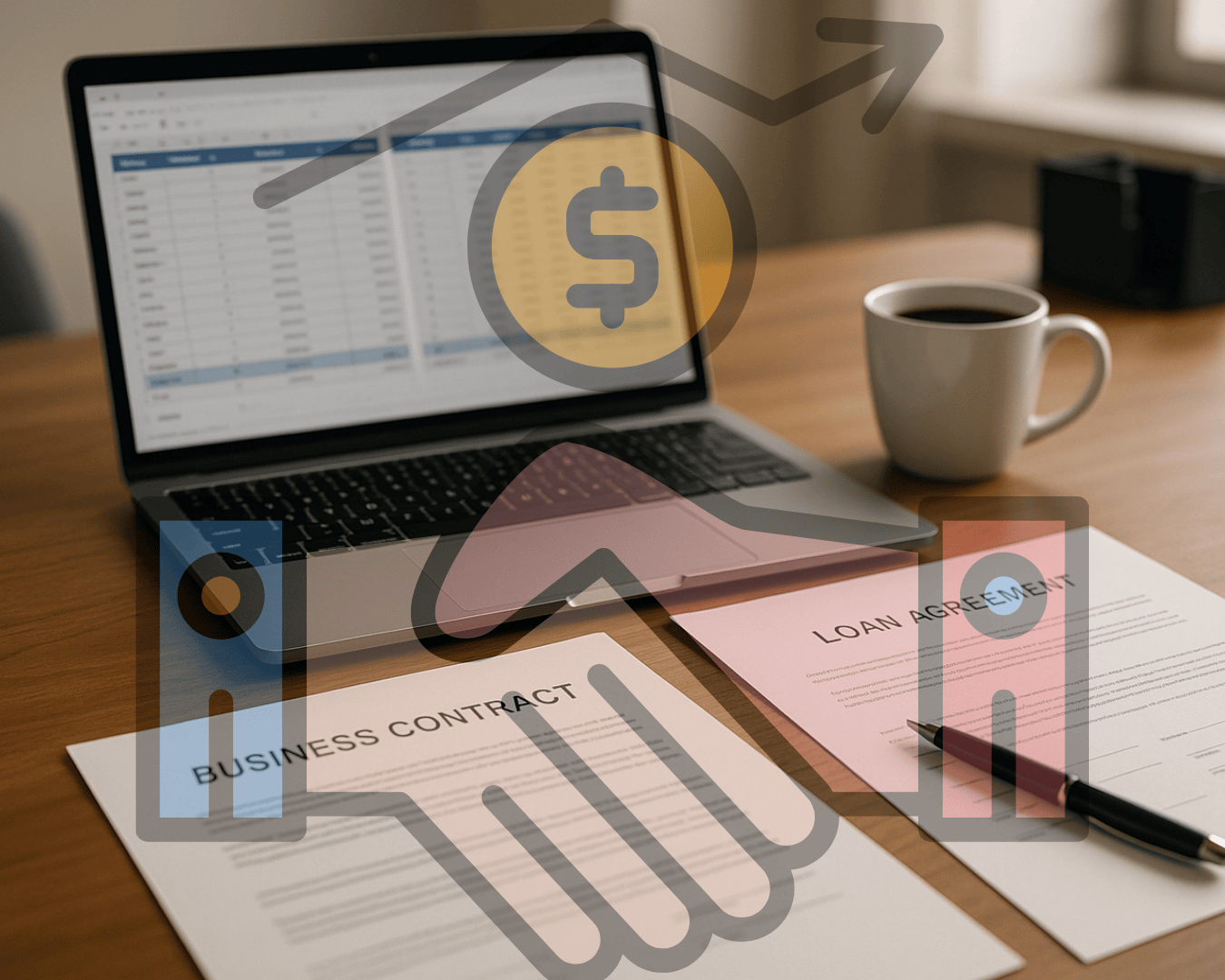








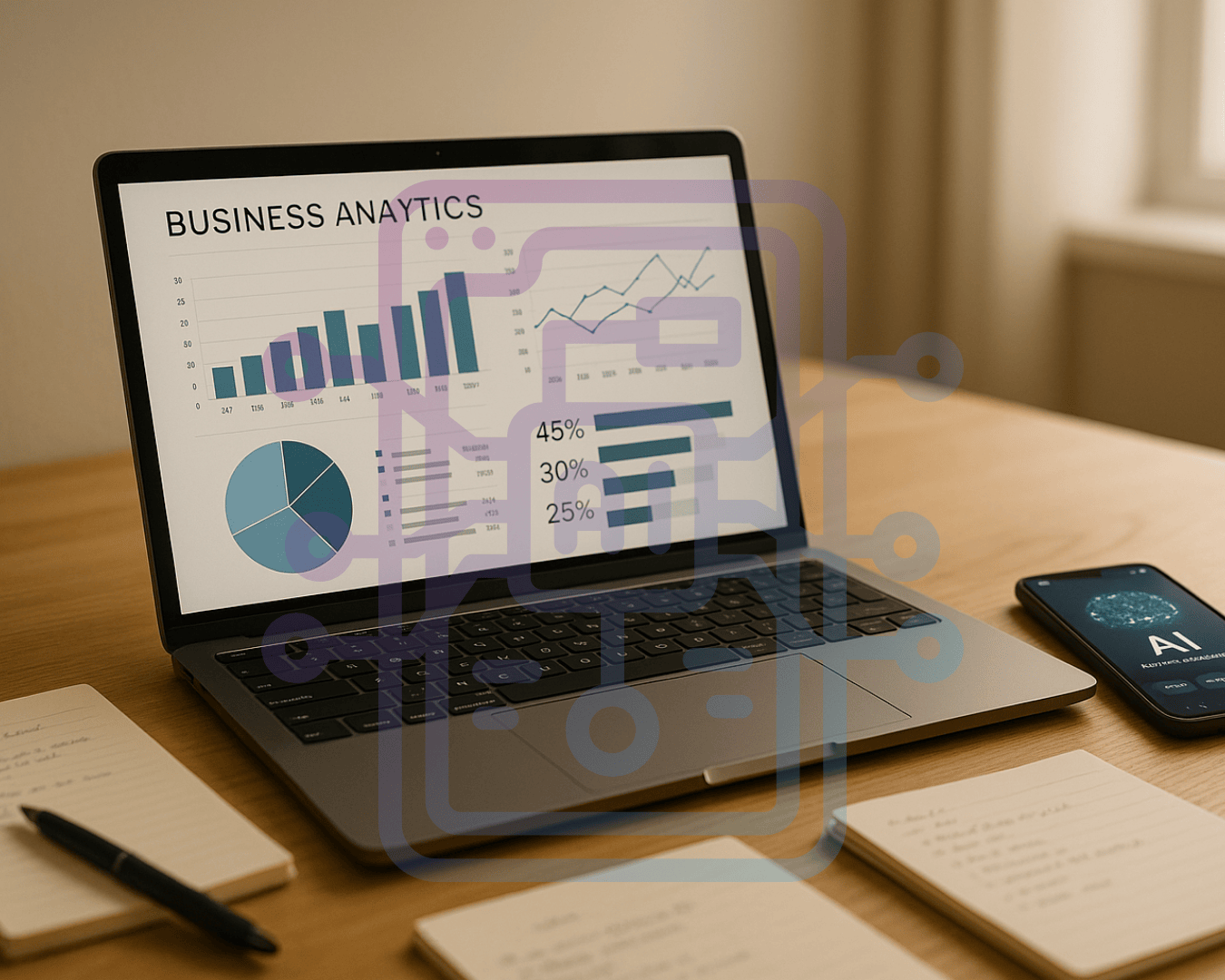






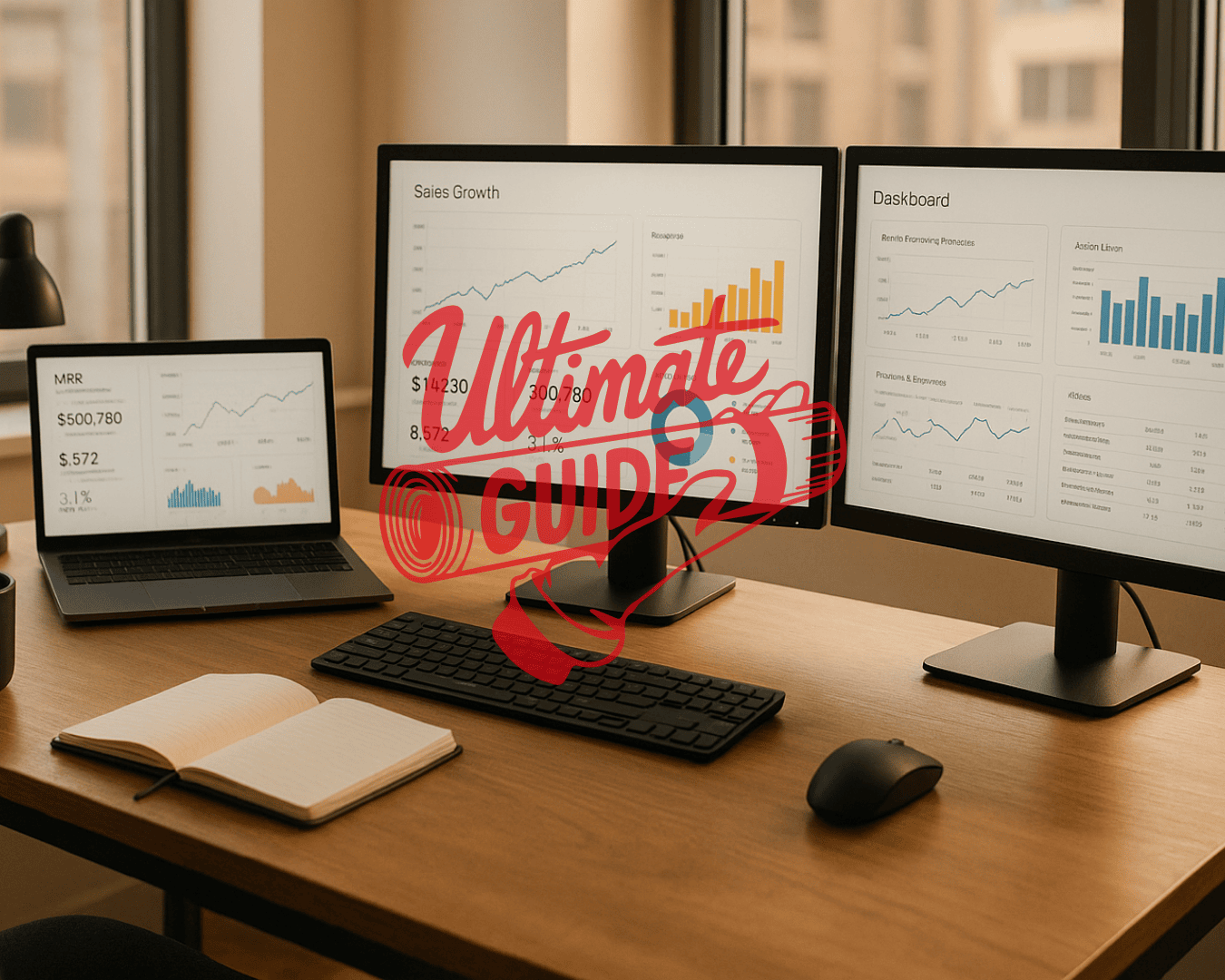




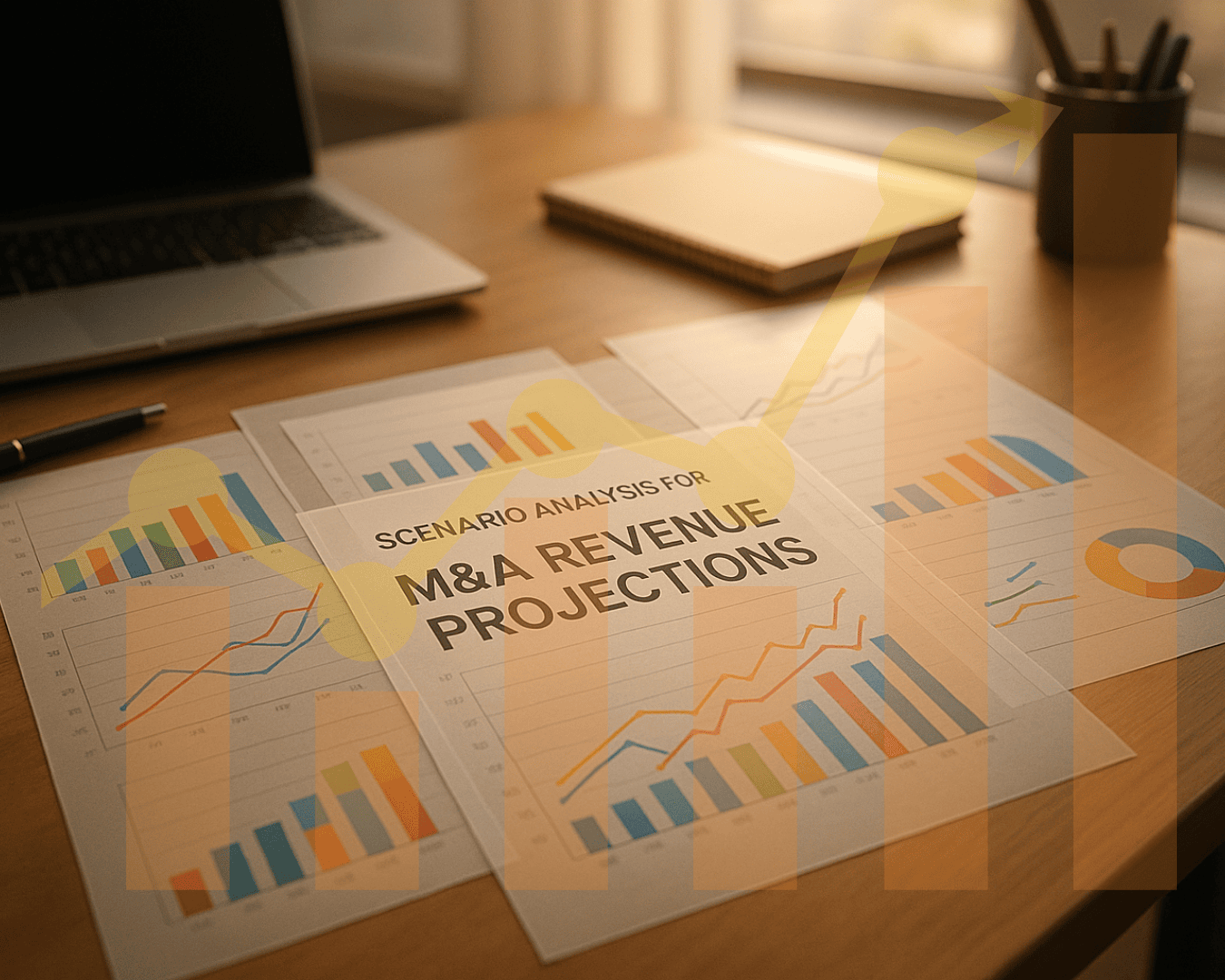





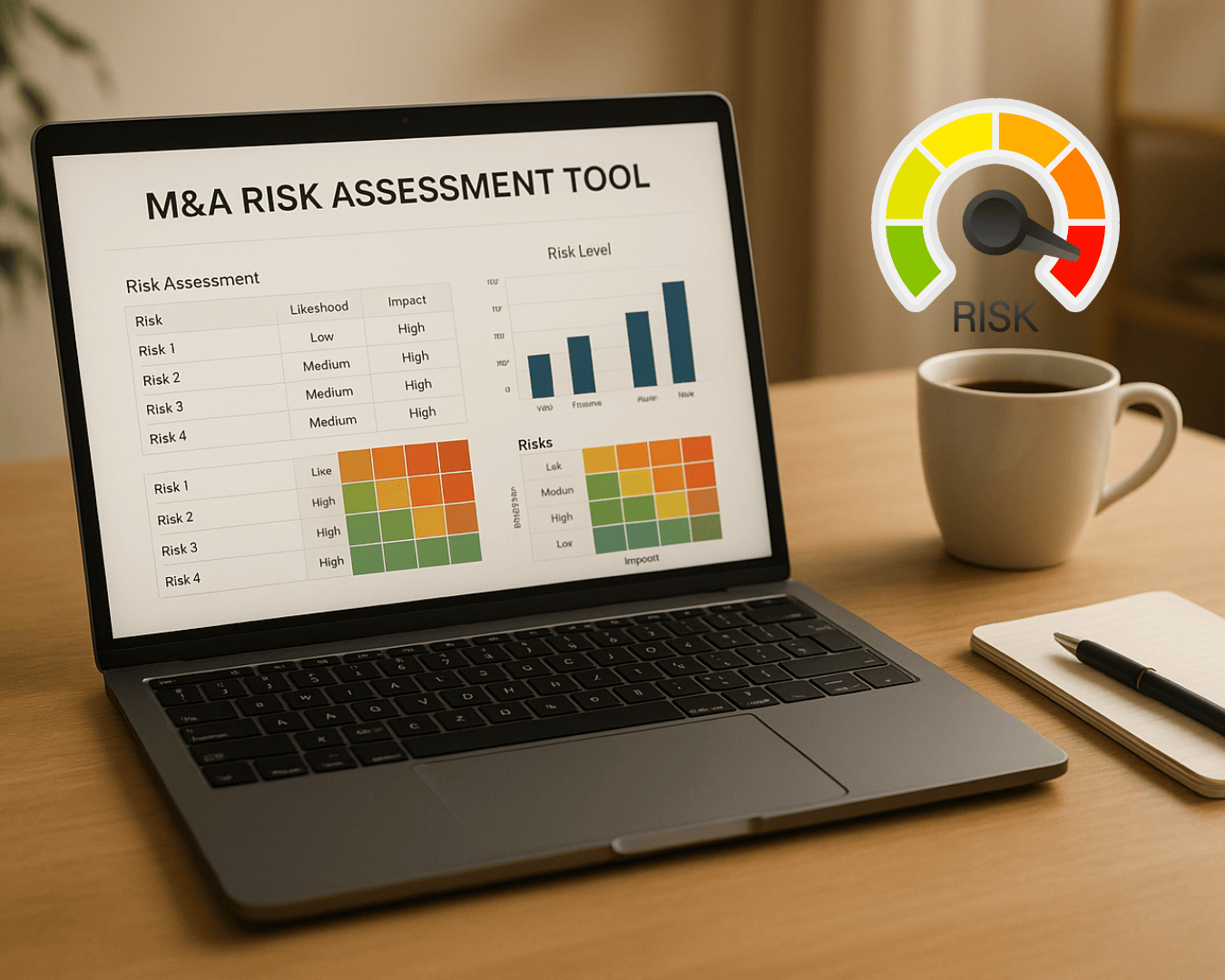
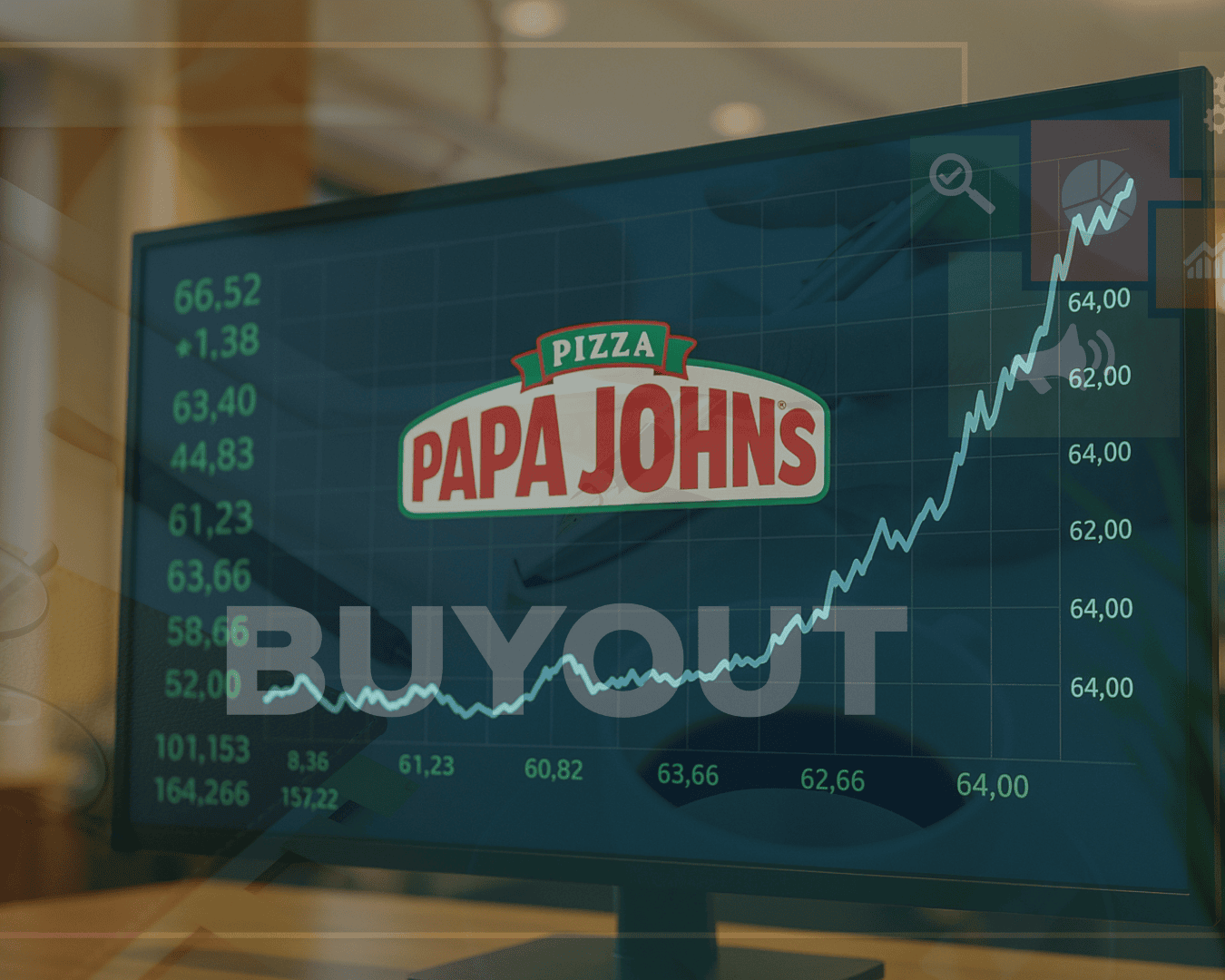
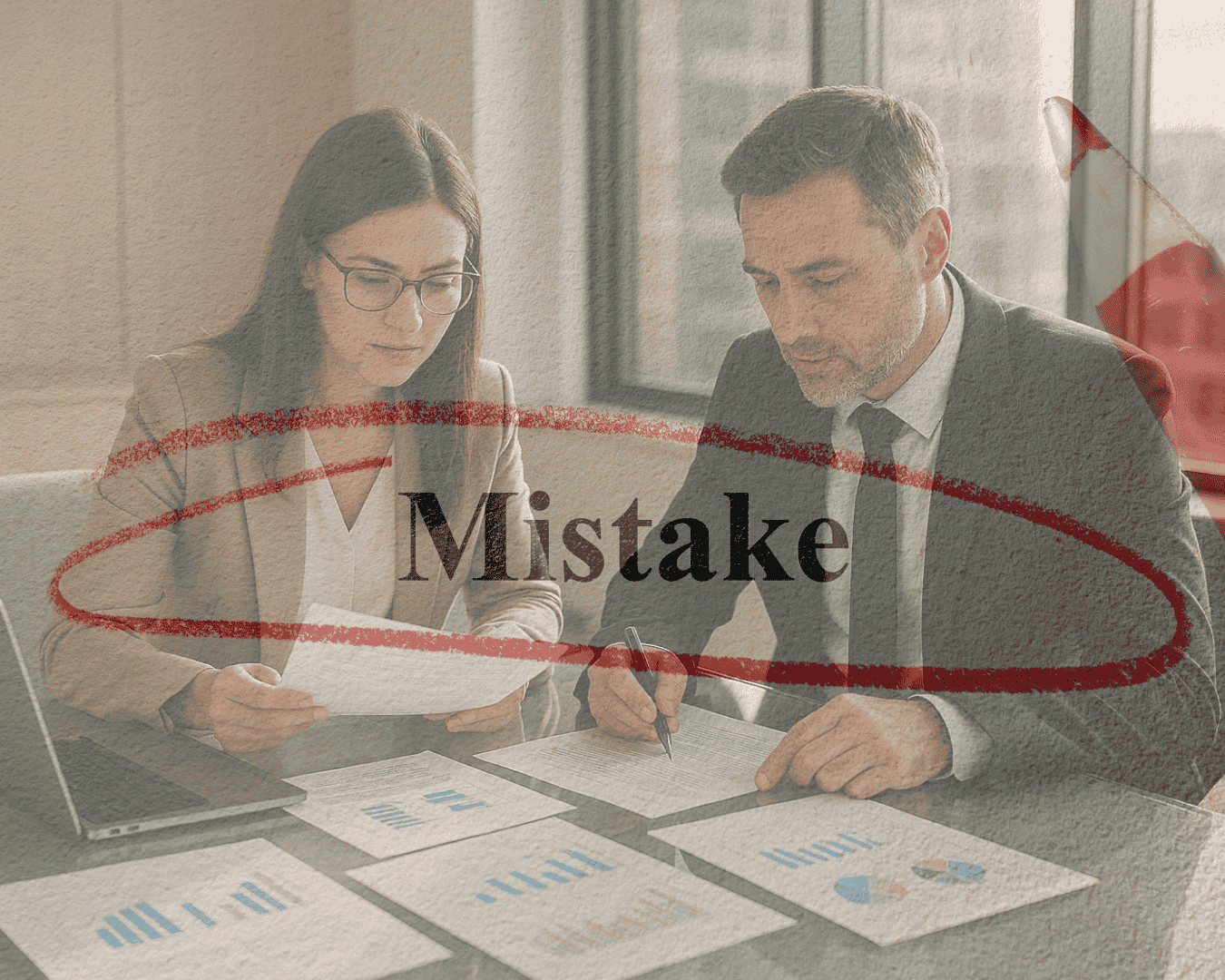









%20Loan%20Application%20Checklist.png)
